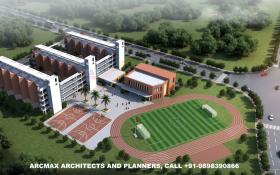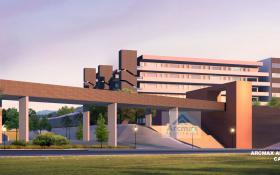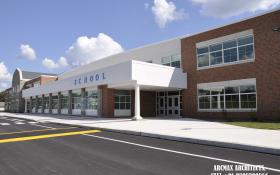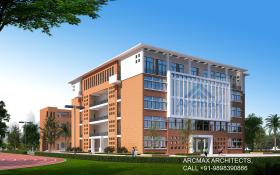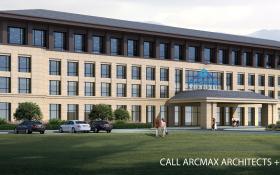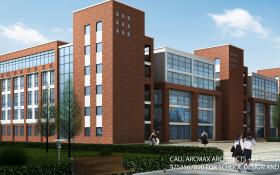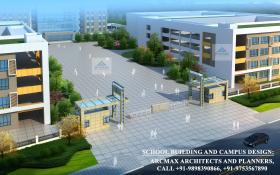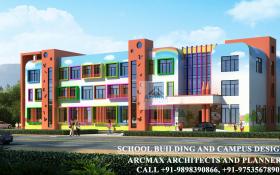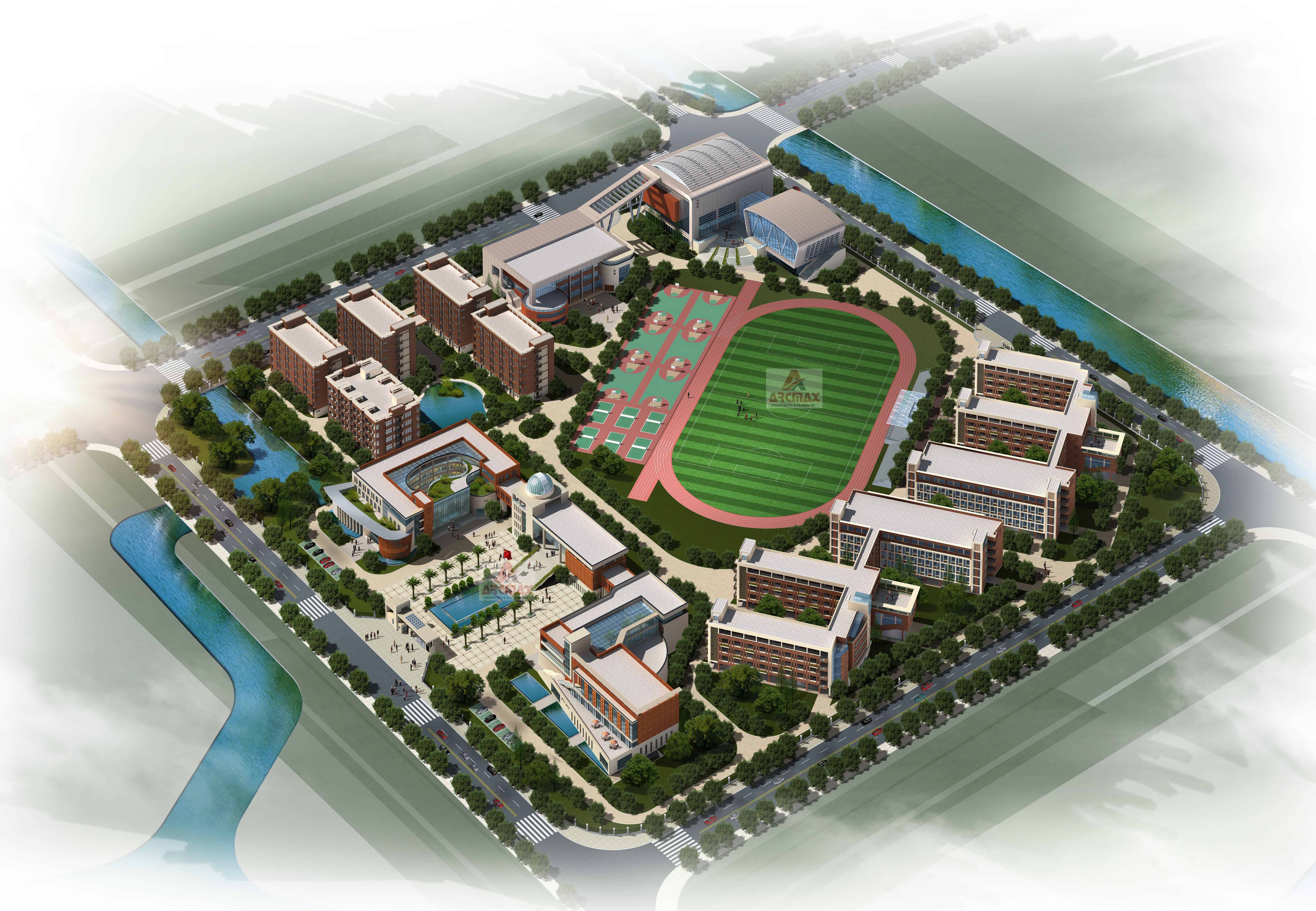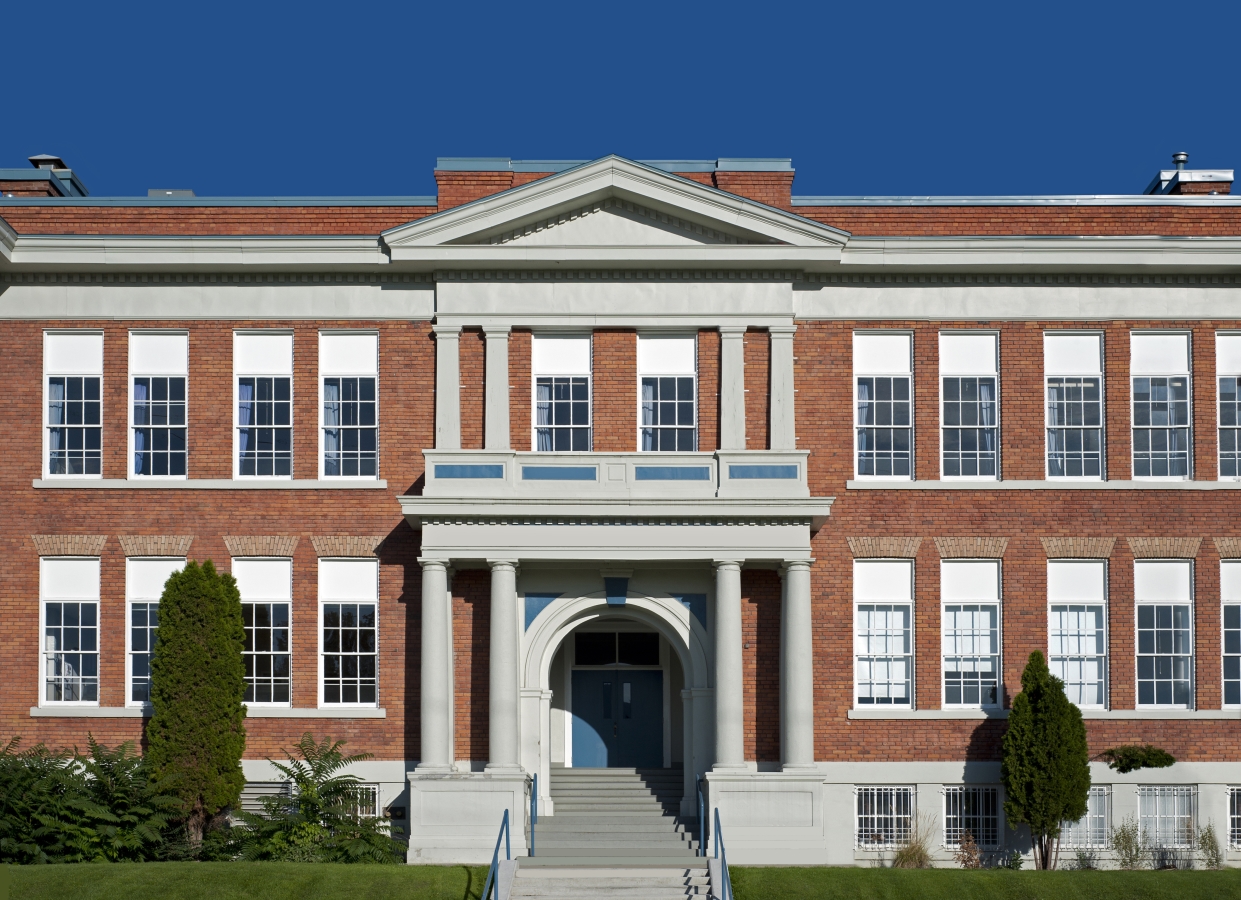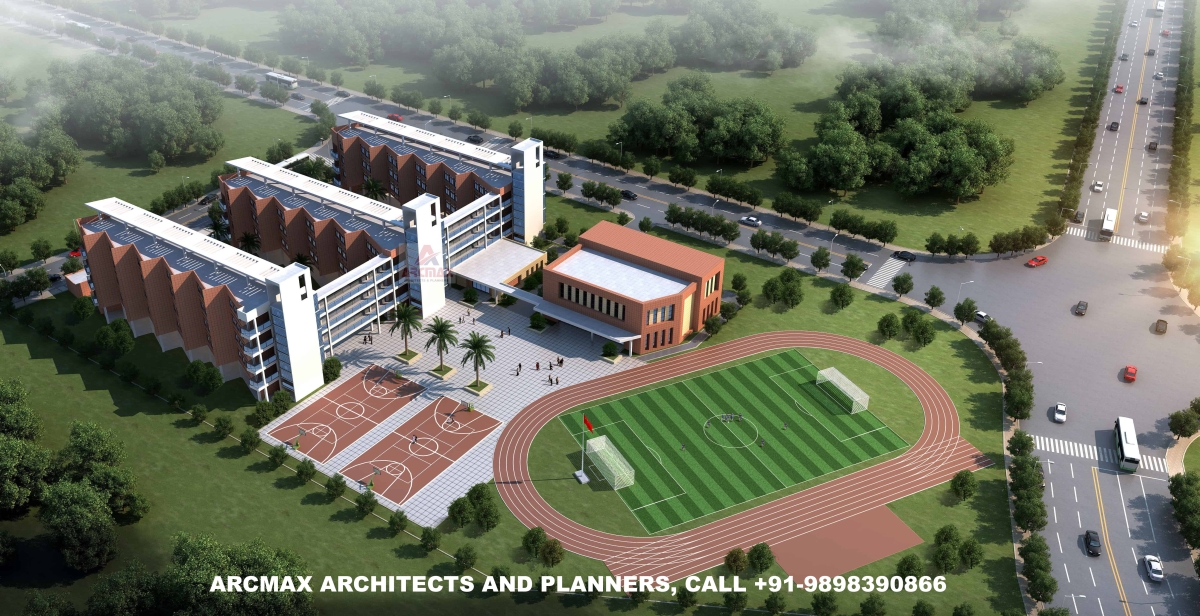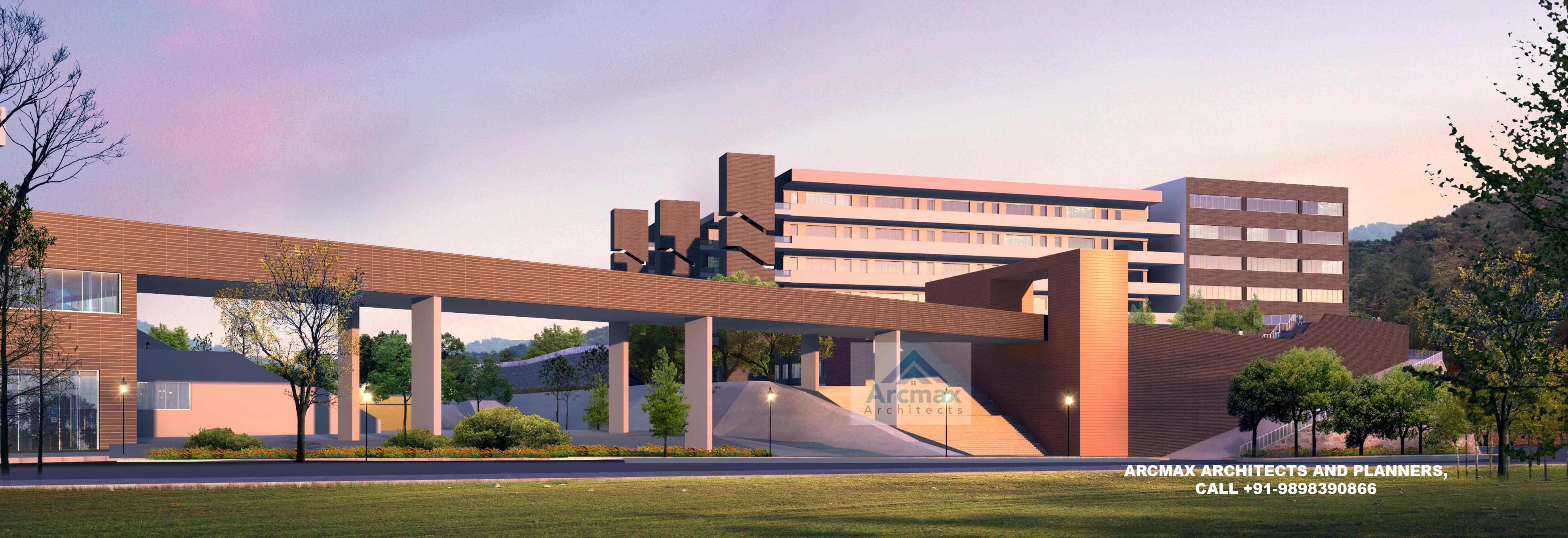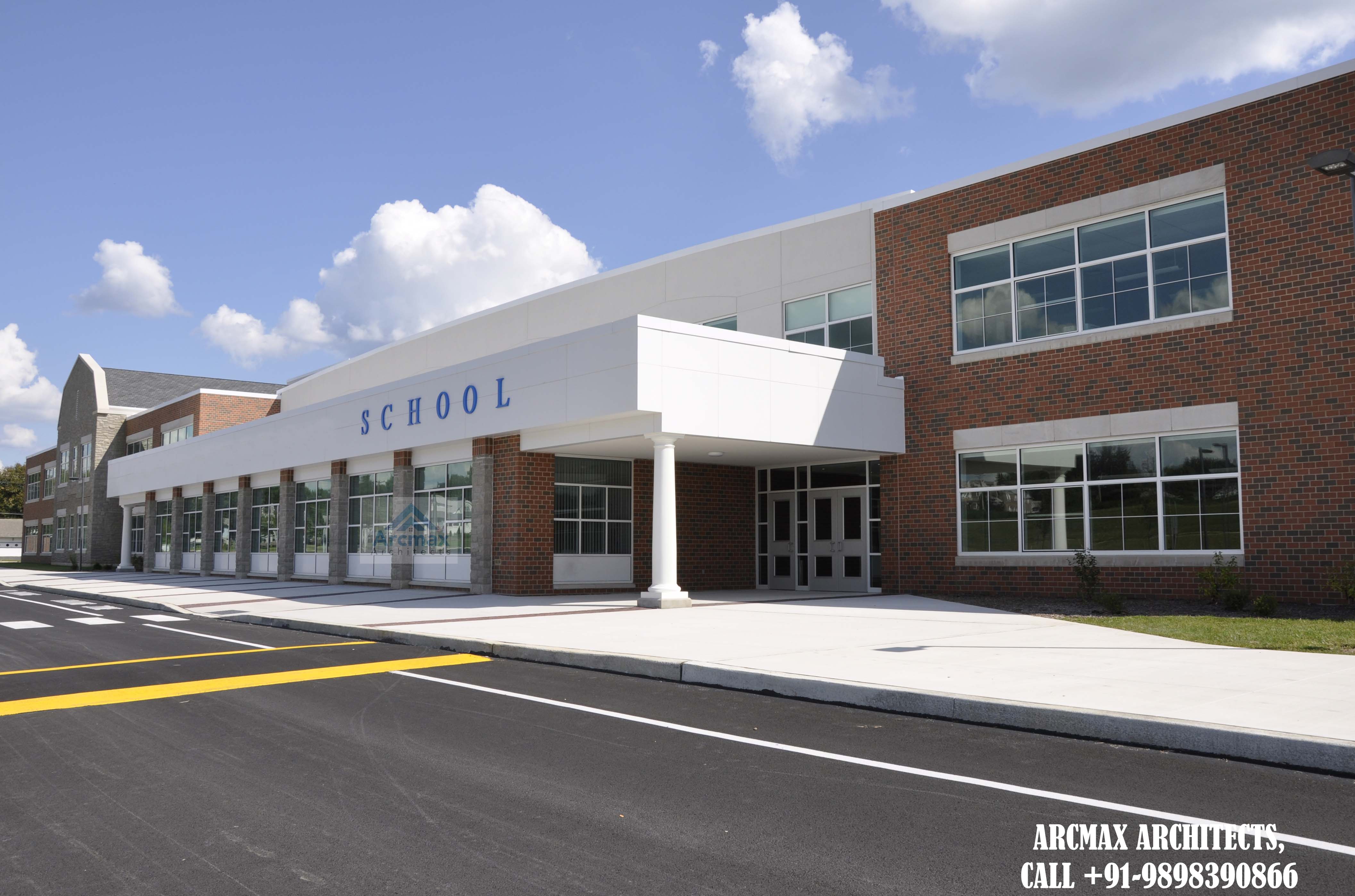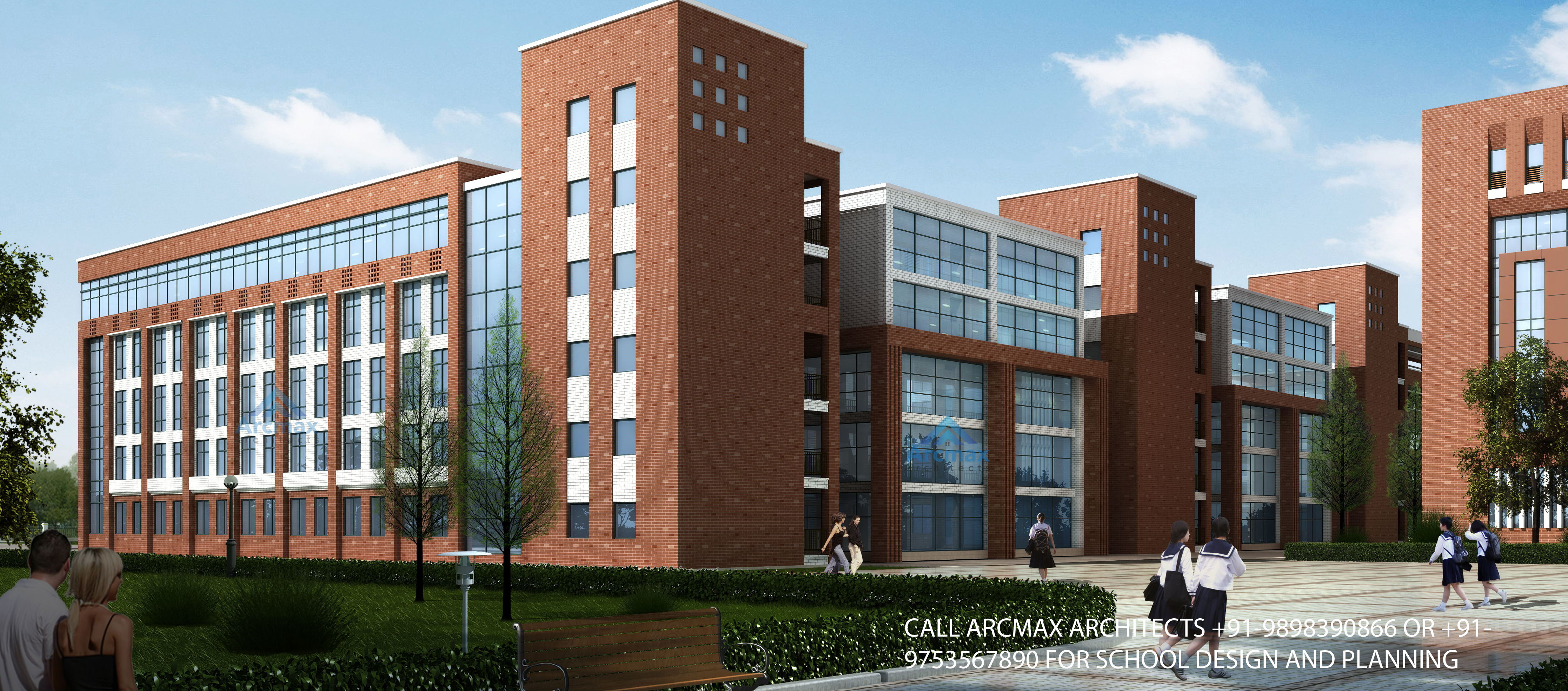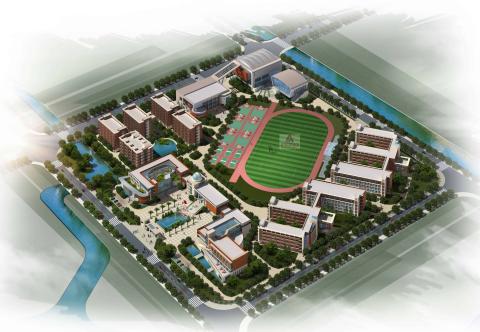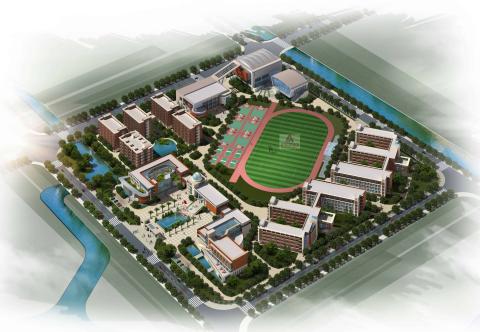Embracing Nature: Incorporating Biophilic Design in Elementary School Architecture: Call +91-9898390866 for Elementary school architecture design and planning worldwide
Incorporating biophilic design in elementary school architecture is a proactive step towards creating engaging and inspiring learning environments for students. By bringing elements of nature into the built environment, this design approach aims to enhance the overall well-being and academic performance of children.
From incorporating natural light and ventilation to integrating green spaces and living walls, biophilic design creates a connection between students and the natural world. Research shows that exposure to nature in educational settings can improve cognitive function, creativity, and concentration levels while also reducing stress and enhancing overall academic performance.
By embracing biophilic design principles, elementary schools can create spaces that nurture curiosity, foster a sense of wonder, and encourage an appreciation for the natural world. Whether it's through the use of natural materials, the inclusion of indoor plants, or the incorporation of nature-inspired motifs, students can benefit from a learning environment that stimulates their senses and promotes their well-being.
Embracing nature in elementary school architecture through biophilic design is not only beneficial for students but also contributes to a sustainable and eco-friendly future. By creating spaces that prioritize the relationship between people and nature, we can cultivate a generation that values and protects the environment.
What is biophilic design?
Incorporating biophilic design in elementary school architecture is a proactive step towards creating engaging and inspiring learning environments for students. By bringing elements of nature into the built environment, this design approach aims to enhance the overall well-being and academic performance of children.
From incorporating natural light and ventilation to integrating green spaces and living walls, biophilic design creates a connection between students and the natural world. Research shows that exposure to nature in educational settings can improve cognitive function, creativity, and concentration levels while also reducing stress and enhancing overall academic performance.
By embracing biophilic design principles, elementary schools can create spaces that nurture curiosity, foster a sense of wonder, and encourage an appreciation for the natural world. Whether it's through the use of natural materials, the inclusion of indoor plants, or the incorporation of nature-inspired motifs, students can benefit from a learning environment that stimulates their senses and promotes their well-being.
Embracing nature in elementary school architecture through biophilic design is not only beneficial for students but also contributes to a sustainable and eco-friendly future. By creating spaces that prioritize the relationship between people and nature, we can cultivate a generation that values and protects the environment.
The benefits of incorporating biophilic design in elementary school architecture
Biophilic design is a design philosophy that seeks to incorporate natural elements and patterns into the built environment. It is based on the idea that humans have an innate connection to nature and that exposure to nature can have a positive impact on our physical and mental well-being. Biophilic design aims to create spaces that mimic natural environments, bringing the benefits of nature into our everyday lives.
The principles of biophilic design include the use of natural materials, such as wood and stone, the incorporation of natural light, the integration of plants and green spaces, and the inclusion of nature-inspired patterns and motifs. By creating spaces that reflect the natural world, biophilic design seeks to enhance our connection to nature and improve our overall well-being.
Case studies of successful biophilic design in elementary schools
Incorporating biophilic design in elementary school architecture offers numerous benefits for students. Research has shown that exposure to nature in educational settings can improve cognitive function, creativity, and concentration levels. Students in classrooms with natural light and views of nature have been found to perform better academically compared to those in traditional classrooms without such features.
Additionally, biophilic design has been found to reduce stress and promote a sense of well-being among students. The presence of plants and green spaces in schools has been shown to lower blood pressure, reduce anxiety, and improve mood. By creating a connection to nature, biophilic design can help create a calm and supportive learning environment for students.
Furthermore, incorporating biophilic design in elementary schools promotes physical health. Natural light and ventilation not only reduce energy consumption but also improve indoor air quality, reducing the risk of respiratory illnesses. Green spaces and outdoor learning environments encourage physical activity, which is crucial for children's overall health and development.
Key principles of biophilic design in elementary school architecture
Several elementary schools around the world have successfully implemented biophilic design principles, creating inspiring and engaging learning spaces for their students.
One example is the Green School in Bali, Indonesia. This school features open-air classrooms, bamboo structures, and abundant greenery, immersing students in nature. The school's design incorporates natural ventilation, rainwater harvesting, and solar panels, making it a model for sustainable and eco-friendly school architecture.
Another example is the Swanson School in Auckland, New Zealand. This school incorporates natural materials, such as wood and stone, and includes large windows that provide ample natural light and panoramic views of the surrounding landscape. The school's outdoor spaces feature gardens, playgrounds, and nature trails, providing students with opportunities for exploration and connection with the natural world.
These case studies demonstrate the effectiveness of biophilic design in creating inspiring and sustainable learning environments for elementary school students.
Integrating nature into the interior spaces of elementary schools
To successfully incorporate biophilic design in elementary school architecture, several key principles should be considered.
Firstly, the use of natural materials is essential. Wood, stone, and other natural materials create a sense of warmth and connection to the natural world. These materials can be used in the construction of walls, floors, and furniture, creating a harmonious and inviting learning environment.
Secondly, maximizing natural light and ventilation is crucial. Large windows, skylights, and light wells can bring in ample natural light, reducing the need for artificial lighting and creating a connection to the outside world. Proper ventilation systems, such as operable windows and natural airflow, can improve indoor air quality and create a comfortable learning environment.
Thirdly, incorporating plants and green spaces is a fundamental aspect of biophilic design. Indoor plants not only purify the air but also create a calming and nurturing atmosphere. Outdoor green spaces, such as gardens and courtyards, provide students with opportunities for outdoor learning, physical activity, and connection with nature.
Creating outdoor learning environments with biophilic design elements
Integrating nature into the interior spaces of elementary schools can be achieved through various design elements and strategies.
One approach is to incorporate indoor plants throughout the school. Plants not only improve air quality but also create a sense of tranquility and connection to nature. They can be placed in classrooms, hallways, and common areas, bringing the benefits of nature into the daily lives of students.
Another strategy is to use nature-inspired colors and patterns in the interior design. Earth tones, shades of green, and natural textures can create a calming and harmonious atmosphere. Wallpaper or murals depicting natural scenes can also be used to bring a sense of the outdoors into the classroom.
Additionally, the use of natural materials in furniture and fixtures can further enhance the biophilic design of interior spaces. Wooden desks and chairs, stone countertops, and natural fiber rugs can create a tactile connection to the natural world, promoting a sense of well-being and comfort.
Engaging students with nature through biophilic design
Outdoor learning environments are an essential component of biophilic design in elementary schools. These spaces provide students with opportunities for hands-on learning, physical activity, and connection with nature.
Designing outdoor learning environments can involve the creation of gardens, wildlife habitats, and nature trails. These spaces can be used for science experiments, nature observation, and environmental education. Providing seating areas and shade structures allows students to comfortably engage with outdoor learning activities.
Furthermore, incorporating natural play elements, such as logs, boulders, and water features, can encourage imaginative play and physical activity. These elements create a sense of adventure and exploration, promoting the development of motor skills and fostering a love for the outdoors.
Collaborating with architects and designers for biophilic design implementation
Biophilic design not only creates physical connections to nature but also engages students with the natural world through educational experiences.
One way to engage students is through the incorporation of nature-themed artwork and educational displays. These can include posters, murals, and interactive exhibits that showcase local flora and fauna, promote environmental awareness, and inspire curiosity.
Additionally, integrating technology with nature can create interactive learning experiences. For example, augmented reality apps can allow students to explore virtual ecosystems, while nature-based apps can provide information about local plants and animals. These technological tools can enhance students' understanding of the natural world and promote a sense of wonder and discovery.
Overcoming challenges in implementing biophilic design in elementary schools
Implementing biophilic design in elementary school architecture requires collaboration between architects, designers, educators, and other stakeholders.
Architects and designers play a crucial role in understanding and implementing biophilic design principles. They can help identify opportunities for natural light, ventilation, and green spaces, as well as suggest appropriate materials and finishes. Their expertise in sustainable design practices can contribute to creating eco-friendly and energy-efficient learning environments.
Educators and school administrators should actively participate in the design process, sharing their insights and requirements. Their input can ensure that the design promotes effective teaching and learning practices, supports different learning styles, and meets the needs of diverse student populations.
Collaboration between all stakeholders is essential to ensure that the design aligns with the educational goals and values of the school. Regular communication and feedback throughout the design and construction phases can help address any challenges or concerns that may arise.
Conclusion: The future of biophilic design in elementary school architecture
Implementing biophilic design in elementary schools may come with certain challenges, but these can be overcome with careful planning and consideration.
One challenge is the availability of space. Some schools may have limited outdoor areas or lack the necessary infrastructure to support green spaces. In such cases, creative solutions can be explored, such as vertical gardens or rooftop gardens. Indoor spaces can also be optimized to incorporate biophilic design elements, ensuring that students still have access to nature within the confines of the school.
Another challenge is the maintenance of green spaces and indoor plants. Proper care and maintenance are crucial to ensure the health and longevity of plants. Schools can involve students in gardening activities, teaching them about plant care and instilling a sense of responsibility towards the environment.
Financial constraints can also be a challenge. However, investing in biophilic design can have long-term benefits for students' well-being and academic performance. Schools can seek funding through grants, partnerships with local businesses, or community fundraising initiatives to support the implementation of biophilic design elements.
Elementary school architecture design and planning,Best architects in india for Elementary school architecture design and planning,best architects in delhi for Elementary school architecture design and planning,best architects in mumbai for Elementary school architecture design and planning,best architects in hyderabad for Elementary school architecture design and planning,best architects in bangalore for Elementary school architecture design and planning,best architects in chennai for Elementary school architecture design and planning,best architects in bhopal for Elementary school architecture design and planning,best architects in united states for Elementary school architecture design and planning,Elementary school architecture design and planning architects in india,Elementary school architecture design and planning architects in pune,Elementary school architecture design and planning architects in indore





